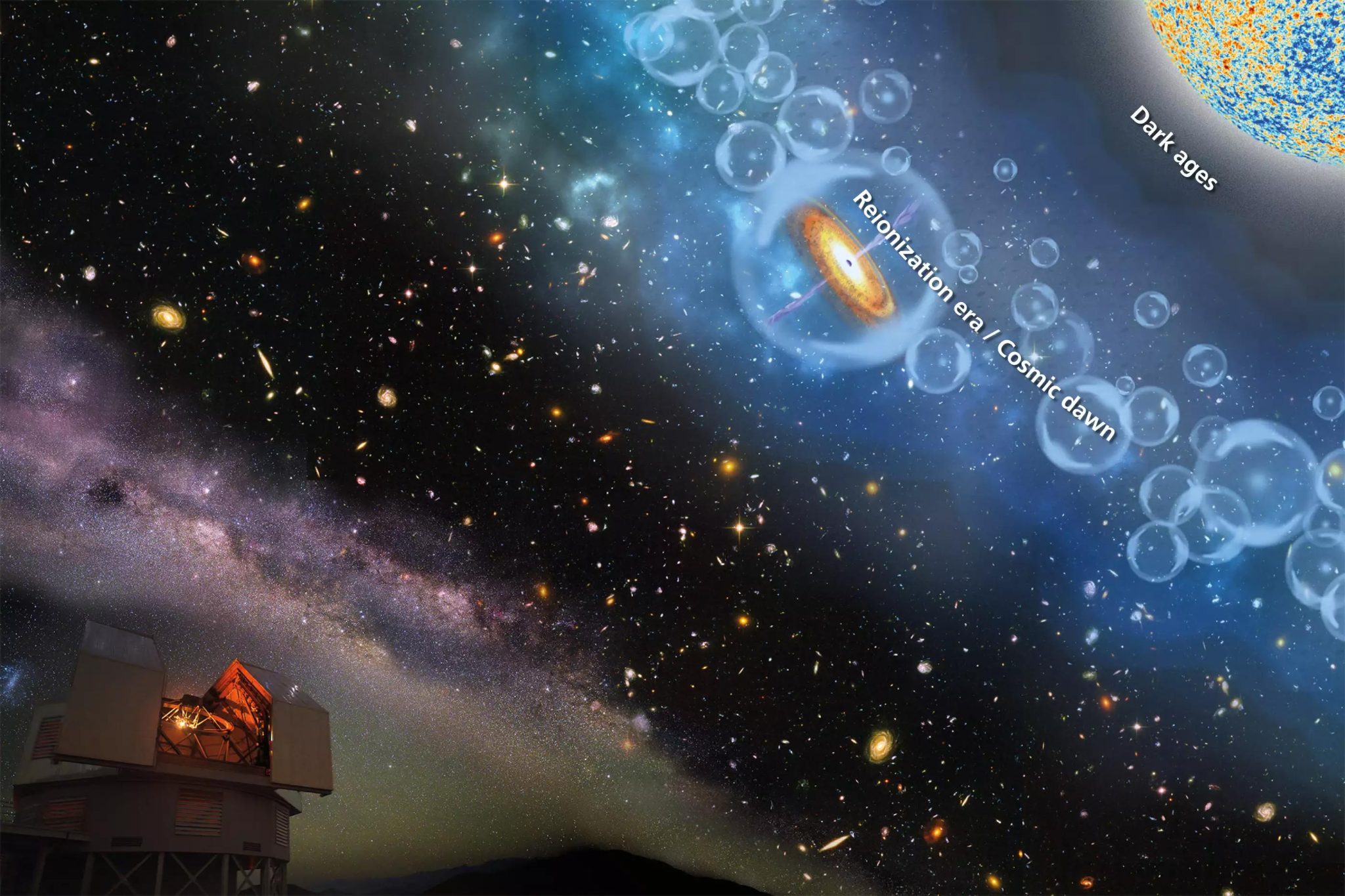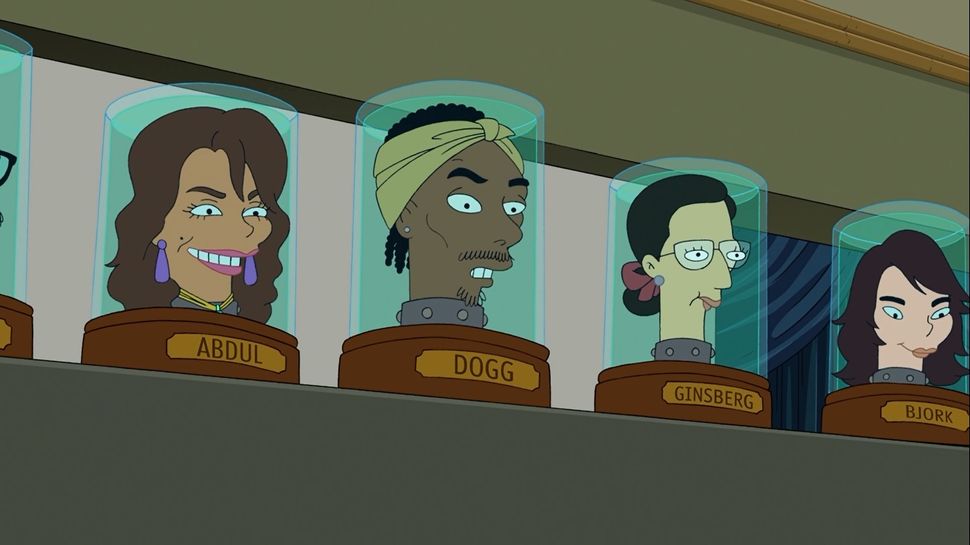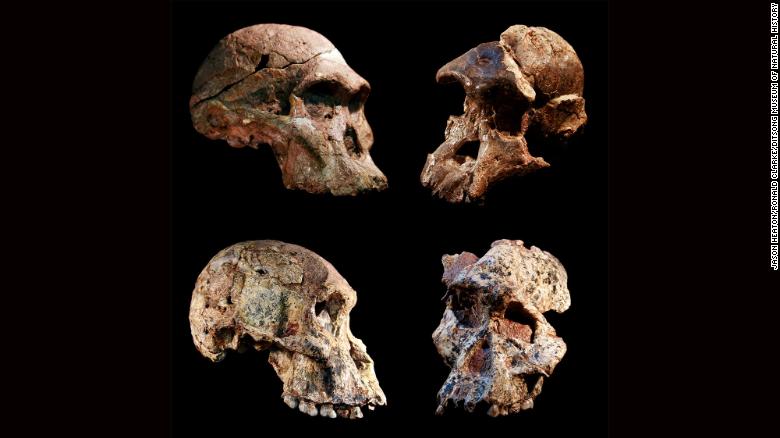Cereal ... not roots and tubers ...
- The research sheds new light on the mechanisms by which the adoption of agriculture led to complex hierarchies and states.
- By theoretical arguments and empirical analysis, it challenges the conventional “productivity theory” which holds that regional differences in land productivity explain regional disparities in the development of hierarchies and states.
- Scientists find that it was not an increase in food production that led to complex hierarchies and states, but rather the transition to reliance on easily portable cereals.
- The primary finding is that the key factor in state development is the suitability of land to cereal farming and not to root and tuber crops.
A fascinating, short video explains:
Dark Matter May Not Exist: These Physicists Favor of a New Theory of Gravity
Using Newton’s laws of physics, we can model the motions of planets in the Solar System quite accurately. However, in the early 1970s, scientists discovered that this didn’t work for disc galaxies – stars at their outer edges, far from the gravitational force of all the matter at their center – were moving much faster than predicted by Newton’s theory.
As a result, physicists proposed that an invisible substance called “dark matter” was providing extra gravitational pull, causing the stars to speed up – a theory that’s become widely accepted. However, in a recent review my colleagues and I suggest that observations across a vast range of scales are much better explained in an alternative theory of gravity called Milgromian dynamics or Mond – requiring no invisible matter. It was first proposed by Israeli physicist Mordehai Milgrom in 1982.
Mond’s primary postulate is that when gravity becomes very weak, as it does near the edge of galaxies, it starts behaving differently from Newtonian physics. In this way, it is possible to explain why stars, planets, and gas in the outskirts of over 150 galaxies rotate faster than expected based on just their visible mass. However, Mond doesn’t merely explain such rotation curves, in many cases, it predicts them.
https://scitechdaily.com/dark-matter...ry-of-gravity/
Using Newton’s laws of physics, we can model the motions of planets in the Solar System quite accurately. However, in the early 1970s, scientists discovered that this didn’t work for disc galaxies – stars at their outer edges, far from the gravitational force of all the matter at their center – were moving much faster than predicted by Newton’s theory.
As a result, physicists proposed that an invisible substance called “dark matter” was providing extra gravitational pull, causing the stars to speed up – a theory that’s become widely accepted. However, in a recent review my colleagues and I suggest that observations across a vast range of scales are much better explained in an alternative theory of gravity called Milgromian dynamics or Mond – requiring no invisible matter. It was first proposed by Israeli physicist Mordehai Milgrom in 1982.
Mond’s primary postulate is that when gravity becomes very weak, as it does near the edge of galaxies, it starts behaving differently from Newtonian physics. In this way, it is possible to explain why stars, planets, and gas in the outskirts of over 150 galaxies rotate faster than expected based on just their visible mass. However, Mond doesn’t merely explain such rotation curves, in many cases, it predicts them.
https://scitechdaily.com/dark-matter...ry-of-gravity/
An innovative and uniquely sensitive dark matter detector – the LUX-ZEPLIN (LZ) experiment – has passed a check-out phase of startup operations and delivered first results. LZ is located deep below the Black Hills of South Dakota in the Sanford Underground Research Facility (SURF) and is led by the DOE’s Lawrence Berkeley National Laboratory (Berkeley Lab).
... While dark matter particles have never actually been detected, they may not be true for much longer. The countdown may have begun already with results from LZ’s first 60 “live days” of testing. These data were collected over a three-and-a-half-month period of initial operations beginning at the end of December. This duration was long enough to confirm that all aspects of the detector were functioning properly. ... Tucked away about a mile underground at SURF in Lead, South Dakota, LUX-ZEPLIN is designed to capture dark matter in the form of weakly interacting massive particles (WIMPs). The experiment is underground to protect it from cosmic radiation at the surface that could drown out dark matter signals.

Gassho, J
STLah
... While dark matter particles have never actually been detected, they may not be true for much longer. The countdown may have begun already with results from LZ’s first 60 “live days” of testing. These data were collected over a three-and-a-half-month period of initial operations beginning at the end of December. This duration was long enough to confirm that all aspects of the detector were functioning properly. ... Tucked away about a mile underground at SURF in Lead, South Dakota, LUX-ZEPLIN is designed to capture dark matter in the form of weakly interacting massive particles (WIMPs). The experiment is underground to protect it from cosmic radiation at the surface that could drown out dark matter signals.

Gassho, J
STLah









Leave a comment: